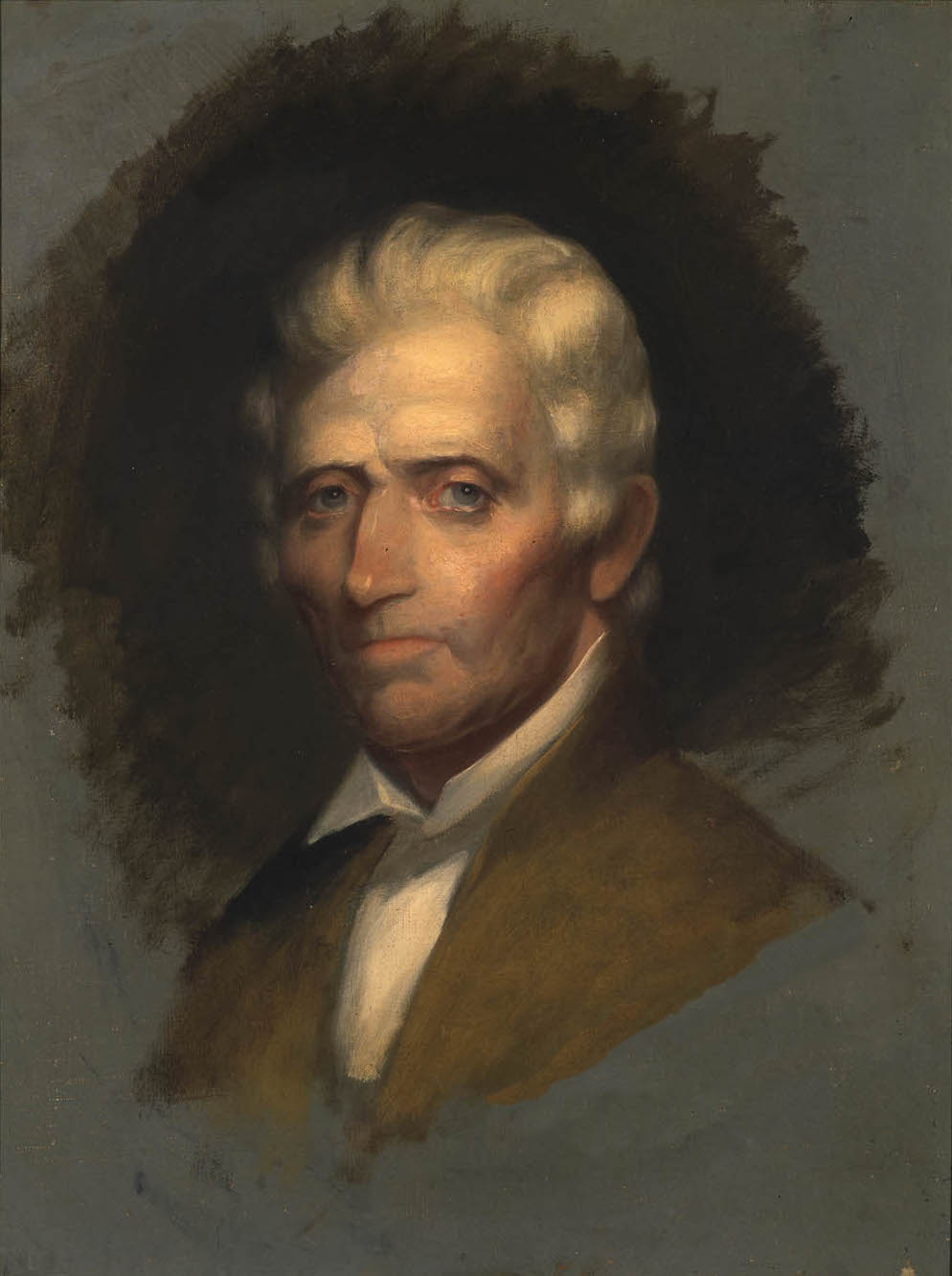One cannot read colonial-era stories for long without finding mention of the longhunters—or long hunters, depending upon the writer. But just who were these people?
 |
| Only known portrait of Daniel Boone during his lifetime (1820) |
The era reached its peak during the 1760’s. Up until that time, politics between France and England, and resistance from native tribes, kept most from venturing west. Tensions were bad enough during the French and Indian War, and at the close of that conflict in 1763, King George made it essentially illegal to hunt west of the Appalachians without a trading license. The vast majority of hunters ignored his proclamation. One accounts says that Daniel Boone himself did not make his first trip west until 1769, after a visit by English trader John Finley, but others say his first long hunt was in 1750. I'm inclined to believe the latter. Boone’s adventures included capture by the Cherokee and Shawnee, having his pelts confiscated, probable adoption as a native, returning home after so long that his wife had given him up for dead, and the later loss of a son to Indian attack. None of this deterred him from making the hunting grounds his eventual home, and persuading others to join him there.
Other notable longhunters included James Harrod (for whom Harrodsburg, KY is named), Simon Kenton, Elisha Walden (also called Wallen/Walling, for whom Wallen’s Ridge at Cumberland Gap is named), Abraham and Isaac Bledsoe (yes, from the same real-life family I used in both Defending Truth and The Cumberland Bride), and Benjamin Cutbirth (almost certainly a mispronunciation and subsequent mispelling of Cuthbert).
 |
| 1852 painting of Squire Boone Crossing the mountains |
More reading:
William Blevins, Long Hunter
Daniel Boone (and at Wiki)
Simon Kenton
Longhunters (at Wiki)
Bledsoe's Station in Tennessee

Fascinting history, Shannon! I really enjoyed learning more about the longhunters
ReplyDeleteThank you, Carla! Glad you found it informative! :-)
DeleteInteresting....thanks!
ReplyDeleteThank YOU for stopping by!
DeleteInteresting. Thank you for sharing.
ReplyDeleteVery interesting. I always learn something when I read articles on this blog. :-)
ReplyDeleteThanks so much! Y'all are why we keep writing. :-)
DeleteI'm sorry, but as far as I'm concerned, Daniel Boone looked just like Fess Parker. ;)
ReplyDeleteHahahaa!! I have a good friend who's descended from his older sister, and do you know, she bears a strong resemblance to that painting? It's amazing!
DeleteVery interesting post Shannon.
ReplyDeleteI don't remember seeing a picture of Daniel Boone before, thanks for sharing that. Of course, like Pegg, Fess Parker always comes to mind when I think of Daniel Boone. ;-)
Blessings, Tina